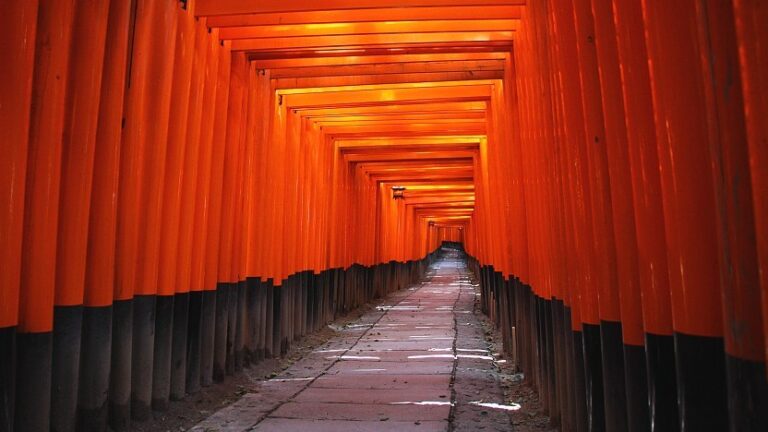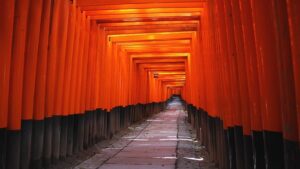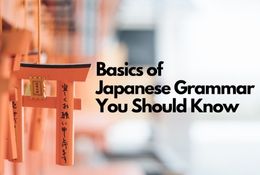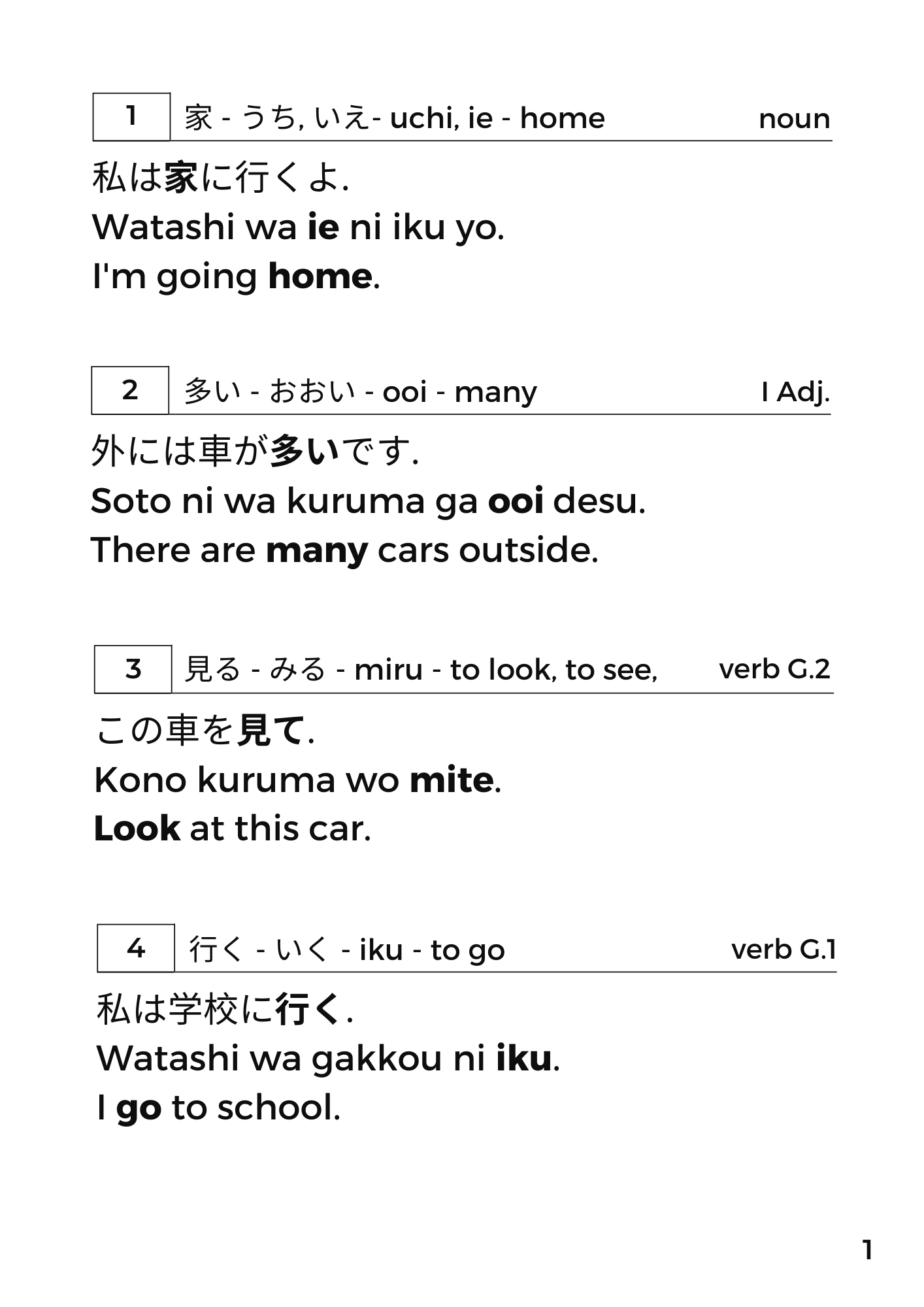
Everything you need to know about the Japanese writing system is outlined in this helpful hiragana chart. Begin mastering Hiragana today.
Learning to read and write in Japanese starts with understanding the hiragana system, the foundation of modern writing in Japan. For those just beginning their journey with the language, a helpful hiragana chart provides an effective way to start learning and quickly identify symbols for pronunciation.
Hiragana is part of the Japanese writing system, and it’s used to represent every sound that can be found in the language. This makes it an important part of the language, but one that’s relatively easy to learn compared to other aspects of the language such as grammar or Kanji. Studying hiragana helps form a foundation for learning more advanced reading and writing skills.
Fortunately, learning the basics of hiragana isn’t too daunting. To start, you can use a hiragana chart to practice common sounds in the language. Each character represents one phonetic sound, and you read your words by pronouncing that sound for each character. As well as recognizing each character, you should become familiar with how to combine multiple characters together to create different syllables. Knowing these fundamentals will give you a jumpstart for reading and writing basic Japanese text in no time.

Table of Contents
Learn the Basics of Hiragana.
Before you look at the hiragana chart, you need to learn the basics. Hiragana is composed of five basic vowels: ‘a’ (あ), ‘i’ (い), ‘u’ (う), ‘e’ (え) and ‘o’ (お). The phonetic pronunciation for these vowels is simple – ‘ah’, ‘ee’, ‘ooh’, ‘eh’, and ‘oh’. Learning hiragana starts with becoming familiar with these fundamental characters.
The first row of hiragana starts with ‘a’, ‘i’, ‘u’, ‘e’, ‘o’. Each subsequent row is arranged according to the consonant sound it is paired with in the order of those 5 vowels. So we have ‘ka’, ‘ki’, ‘ku’, ‘ke’, and ‘ko’ after ‘a’, followed by ‘sa’, ‘si’, ‘su’, ‘se’, ‘so’ etc.
Hiragana Chart

Hiragana transformations
Do you need to make characters for certain sounds that weren’t included in the Hiragana chart? Not to worry, we have transformations for that purpose! Transformations are simple modifications of existing characters that allow you to go from the ones already learned to more complex sounds like “go”, “pi” and “chu”. With this nifty trick, you don’t even have to worry about memorizing new character symbols – all you need is an understanding of how they are combined or changed. Let’s explore so we can learn how it works!
Dakuten & Handakuten
Dakuten and handakuten are symbols used in Japanese writing. Dakuten is represented by two small marks at the upper right of a character, which changes its pronunciation. Handakuten, on the other hand, is represented by a small circle placed exclusively for audio column of ‘p’ sounds.

Hiragana Combinations
A combination of hiragana is when two characters are combined to form words. It works by taking the character from the ‘i’ (い) line and combining it with one of the three characters in the ‘y’ (や、ゆ、よ) line – ‘ya’, ‘yu’ or ‘yo’. When written, this creates a new sound and makes it easy to identify words such as ‘chu’ in Pikachu or ‘gyo’ in gyoza.

Hard stops using つ
Japanese often uses つ as a hard stop, telling the speaker to take a short pause in their pronunciation. Commonly written small, when it’s included in a phrase you should take a short break before continuing with the next syllable. This provides the rhythm and flow necessary for making your pronunciation of Japanese words natural.
Benefits of learning hiragana
Let’s say you’ve learned Hiragana by using a hiragana chart. But what are the benefits of it? Here we listed 6 most important benefits of learning Hiragana. Mastering the Hiragana alphabet, the primary phonetic script used in Japanese, provides various advantages, including:
- Communication: Knowing Hiragana helps you to read and write simple Japanese words and phrases, which might be useful when communicating with native speakers.
- Learning Japanese: Hiragana is an important part of learning Japanese. After you’ve learned Hiragana, you can go on to other aspects of the language including grammar and vocabulary.
- Reading signs and menus: In Japan, many signs and menus are written in Hiragana, so understanding this alphabet will help you understand the nation and know what you’re eating.
- Cultural knowledge: Studying Hiragana gives you a better understanding of Japanese culture and increases your admiration for it. By studying the language, you can gain a deeper understanding of the country’s history, traditions, and values.
- Improved memory and cognitive skills: Learning a new alphabet requires concentration and memorization, which can benefit in memory and cognitive improvement.
- Personal fulfillment: Learning a new alphabet and language can be a tough but rewarding process that can bring a sense of personal success and happiness.
If you want to learn hiragana, you need to get started right away. You can easily search for a hiragana chart or ひらがな表 online via Google. But, it’s important not to spend too much time looking for the perfect chart because you could be using that time to actually learn the hiragana characters and their sounds. That’s why we made our digital hiragana chart! You can get it by visiting here. Once you have learned hiragana, you’ll be able to move on to learning kanji or other aspects of the Japanese language!
Learn more about hiragana

Thank you for reading our blog post about the Japanese Hiragana chart. We hope that this article has helped you understand why it’s essential for anybody interested in the Japanese language and culture to master this alphabet.
Check out our other blog posts on our website if you liked this one and want to learn more about Japanese language and culture. From the fundamentals of Japanese grammar to more complex aspects of the language, we cover a wide range of topics. We also explore the many fascinating elements of Japanese culture.
Therefore, our website has something to offer everyone, whether you’re a beginner or an experienced learner. We invite you to explore our content further and increase your knowledge with Japanese language and culture. We appreciate your reading and hope to provide you with more information soon. See you later!
You might also like…
Hello in Japanese: 11 Best Ways to Say Hi in Japanese
Learn more Japanese with our Japanese Language and Japanese Words category








